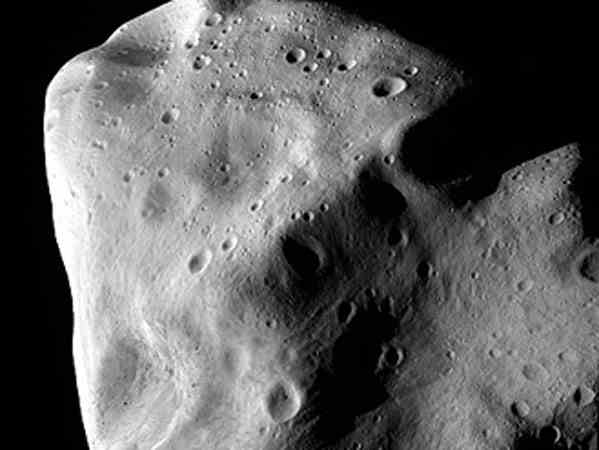Originally from Frankfurt am Main, Goldschmidt was not a professional astronomer but was enthusiastic about the sky. He mostly made his observations from the skylight of his apartment.
With 14 discoveries, Hermann Goldschmidt was the most successful asteroid observer of all for several years in the middle of the 19th century.
Breathtaking close-ups
The painter also captured numerous beautiful celestial phenomena, such as solar eclipses and comets. But he only ever saw his asteroids in the telescopes as points of light.
There are now breathtaking close-ups of Lutetia: In 2010, the Rosetta space probe passed at a distance of just over 3,000 kilometers and photographed craters and mountains.

Experts combine this data with observations from Earth. The spectral properties of the Lutetia surface are shown to be similar to those of meteorites containing the mineral enstatite.
These bodies are believed to have formed quite close to the Sun and were once part of the raw material of Mercury, Venus and Earth. But Lutetia, around a hundred kilometers across, did not merge with any of the clumping planets.
Instead, it was directed to the more distant orbit between Mars and Jupiter, on which it still circles the sun today – and where Hermann Goldschmidt discovered it.

